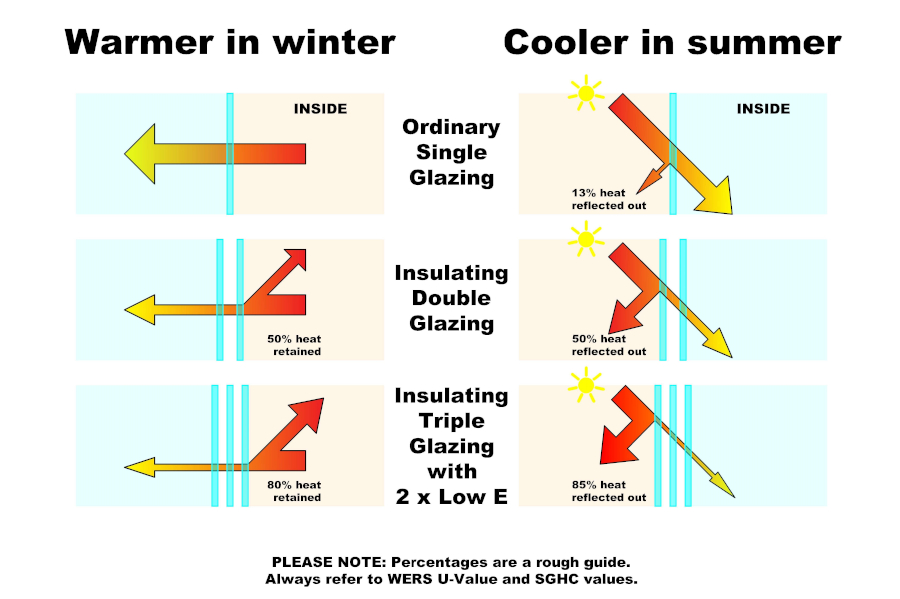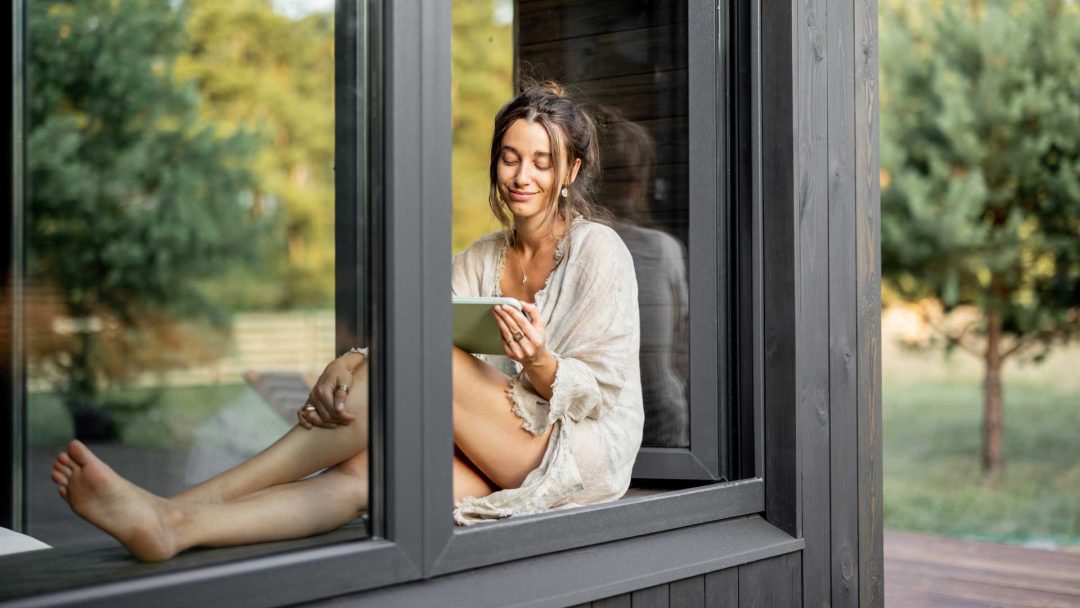All Categories
Featured
Table of Contents
Glazing And Glass Options - Smarter Homes in Madeley WA
Laminated glass is frequently utilized in areas in the home most vulnerable to injury from human impact such as restrooms, doors, around staircases and in locations near the floor (it fulfills the requirements of 'shatterproof glass' that is mandated for usage in these locations by Australian Standard AS 1288 Glass in structures).
Toughened glass has actually been 'tempered' by being reheated and rapidly cooled once again. This procedure makes it much more powerful than basic glass it can resist greater impact loads before breaking. It likewise makes it safer due to the fact that, when it does shatter, it breaks into numerous little cubic pieces rather than dangerous fragments.
Does Double Glazing Keep Heat Out in Daglish WA
However, toughened glass has no thermal or acoustic benefits over other glass of the same toning or thickness. Secondary glazing is where single-glazed windows are retrofitted with a transparent acrylic or glass sheet connected to the within of the frame or openable sash with a secondary frame or with magnetic strips.


Secondary glazing will not perform also thermally as a made IGU, since it is impossible to totally seal the boundary, however it can provide excellent noise control. Window movies are a thin polymer movie including a soaking up color or reflective metal layer, with an adhesive backing. They stay with your glazing to change its colour or make it reflective.
Double-glazing Versus Low-e Glass in Kalamunda WA
Applied to existing glass, some window films can halve the general SHGC of the window by soaking up and/or reflecting solar radiation. This can be especially beneficial in hotter environments where cooling is the primary issue, or on east and west elevations straight exposed to long periods of sunshine. Window films may also decrease noticeable light transmittance.

For this factor, it is usually best to use a certified installer of window film. Frames have a considerable effect on the thermal performance of windows and doors, because energy can be acquired and lost through the frame, in addition to through the glass. Different types of frame will permit different levels of heat gain and loss, so cautious option of frame is very important for effective passive design.
Which Double Glazing Company Is The Best? in Kallaroo Western Australia
Aluminium is likewise a really great conductor of heat and will decrease the insulating value of a glazing unit, unless particularly crafted to reduce this. A 'thermally broken' frame is made up of 2 aluminium sections connected by a structural insulator (usually a low-conductivity structural polymer). This 'breaks' the thermal connection through the aluminium and reduces the heat streaming through the frame.
They can be pricey, however rates are reducing as they become more common. Lumber frames are a great natural insulator that can suit some house styles. Wood frames need to be made from types that have naturally high resilience or be dealt with to avoid decay and contortion. Check that the timber is sourced from a sustainably managed forest.
Guide To Double Glazing – Functional And Energy Efficient in Queens Park WA
(weather condition removing) is set up.
u, PVC windows and doors have exceptional thermal efficiency Image: Ben Wrigley (Light Home Architecture and Science) Composite frames utilize aluminium profiles on the outer areas with either a wood or u, PVC inner area. These integrate the low upkeep and resilience of aluminium with much enhanced thermal performance.
Latest Posts
Double Glazed Windows: A Complete Guide in Kelmscott WA
How Does Double Glazing Keep Heat Out? in Lathlain Western Australia
A Complete Guide To Double Glazed Windows in Wembley Downs WA